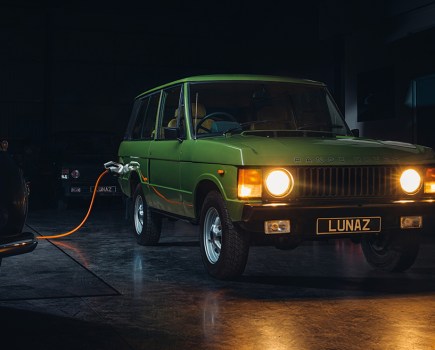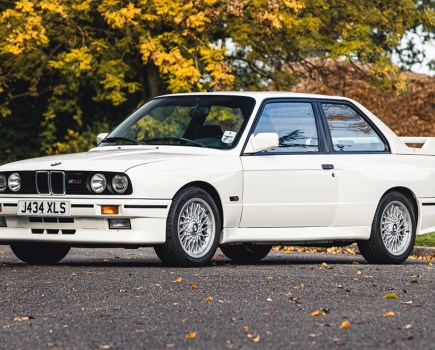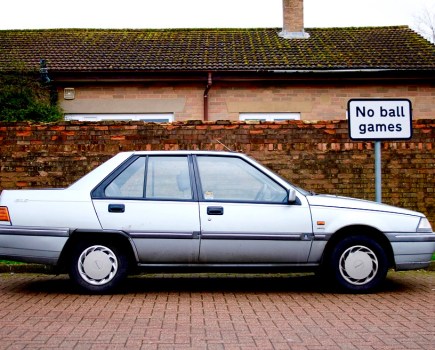Still among the most popular models are the Morris Minor van and pick-up, which debuted in 1953 and ran (through various updates) right through to 1972. These days they attract strong money, with asking prices of £8000-10,000 not unusual for extremely well-presented examples. Solid, MoT’d Minor vans and pick-ups come in at just over half that amount, while down-at-heel project vehicles will typically be up to £2000-3000 depending on just how bad they are.
Slightly more affordable are the diminutive Austin A30 and A35 vans, with first class examples rarely fetching more than £7000 and less perfect (but roadworthy) specimens being seen at around £4000-5000.
If a Ford appeals more, there’s plenty of choice – including the 100E-based sidevalve-engined 300E and the Anglia 105E-based 307E/309E models, all of which proved very popular when new. We particularly like the 307E/309E, which hit the roads in 1961 and combined the front of the Anglia saloon (albeit with shorter doors) with a roomy and practical van rear end, complete with twin-opening back doors. Now though, you’ll need to budget £6000-8000 for the best examples, with solid but cosmetically less brilliant vans fetching anywhere between £3000 and £5000.
Pricier still are the iconic Mini vans and pick-ups, with prices soaring over the last few years. It’s no longer unusual to see asking prices of £10,000 for the very best survivors, although £7000-8000 is perhaps more typical for a decent example – or £2000 upwards for a not too desperate restoration project.
If you crave something with ’Sixties-like looks but offering better value, the once commonplace Bedford HA might appeal. Derived from the Vauxhall Viva of 1963 and remaining in production through to 1983, the Bedford makes a great classic workhorse – particularly with prices topping out at around the £3000 mark. About half that amount should be enough to secure a solid and MoT’d example.
Some of the HA’s contemporaries are both rarer and more expensive, with MkI and MkII Escort vans now commanding hefty prices (you can expect to pay £3000-4000 for superb examples), while a decent Morris Marina-based van or pick-up might be £2000-3000 in similar condition.
Better value are the early front-wheel drive Escorts (MkIII and MkIV) and Maestro vans, with MoT’d but tatty example sometimes advertised for £1000 or less, while £2000 or so should get you a very smart survivor. It’s also worth looking out (probably at a similar price level) for the good old Bedford Astravan and Astramax, both based around the MkII Astra and proving to be strong sellers in their day.
A popular classic-based choice and one that’s still great value nowadays is the Citroën Visa-derived C15. It’s no secret that these can be rust-prone, which explains why tatty examples can be found for less than £500. But if you can stretch to £1500-plus, you should find a late-model (from as recently as 2006) C15 with years of life ahead of it. Think of it as a ‘modern classic’ with all the benefits of reliability thanks to its famously rugged XUD diesel engine.
Don’t forget too, the plethora of hatchback-derived vans that became popular from the ’Eighties on, with van versions of the Austin Metro, MkII Ford Fiesta, Peugeot 205, Renault 5, MkII Volkswagen Polo and Golf, Yugo 45 and Fiat Uno all offered. Values are still relatively low in some cases, with the 205 being particularly tempting at £700-1200 depending on condition. For some of the more sought-after models, however, including the ‘breadvan’ second generation Polo, you’ll pay more.
A similar route was taken more recently when MG Rover launched the 25-based Rover Commerce and ZR-derived MG Express, either one of which makes a great choice at £1500-2500.
WHAT DO YOU THINK?
Have you been tempted to buy a classic car-derived commercial? If so, which make and model appeals the most? Tell us your opinion below.





